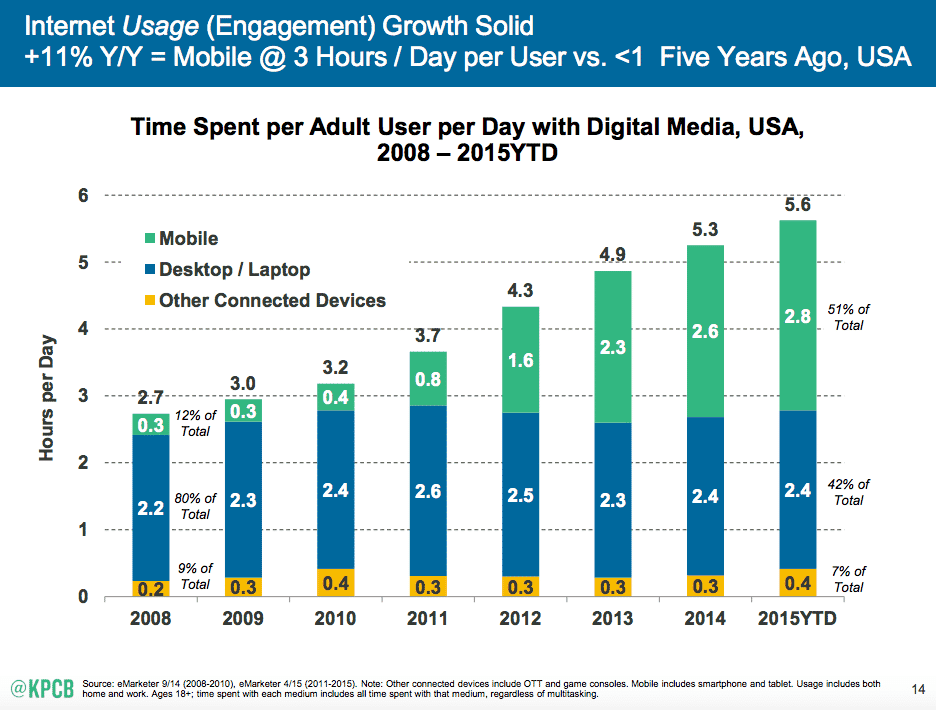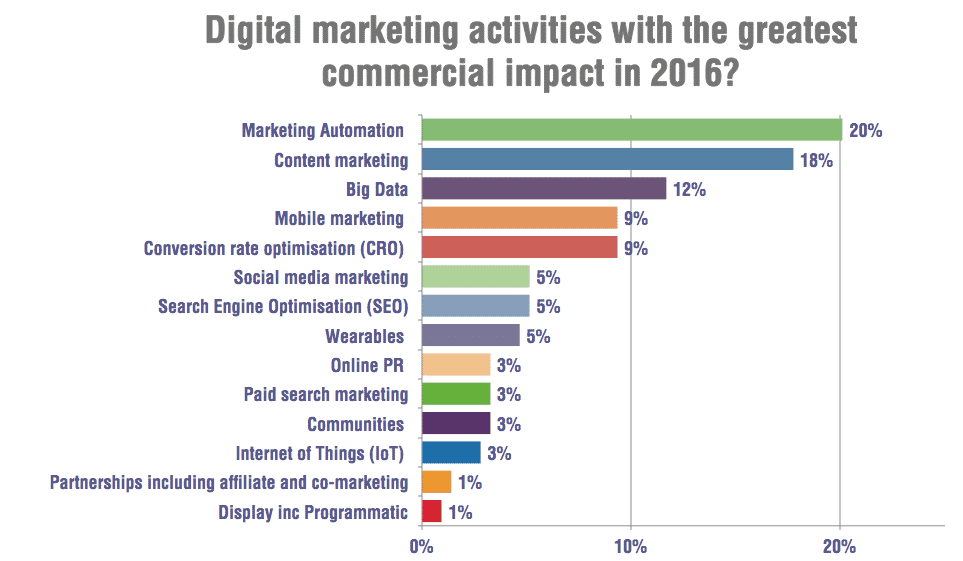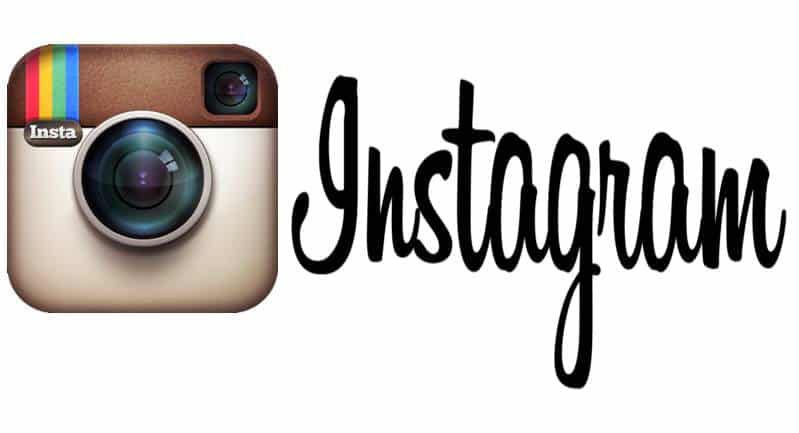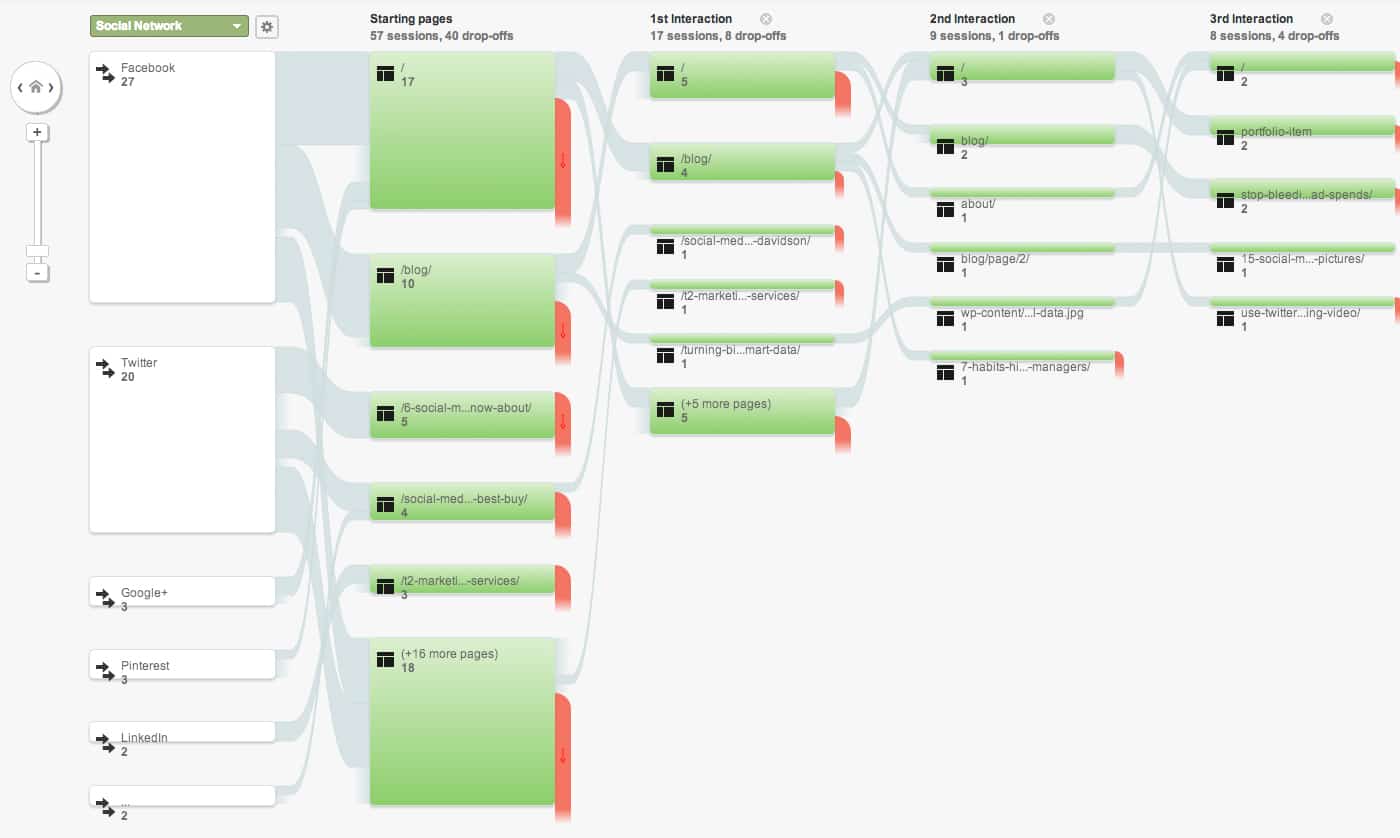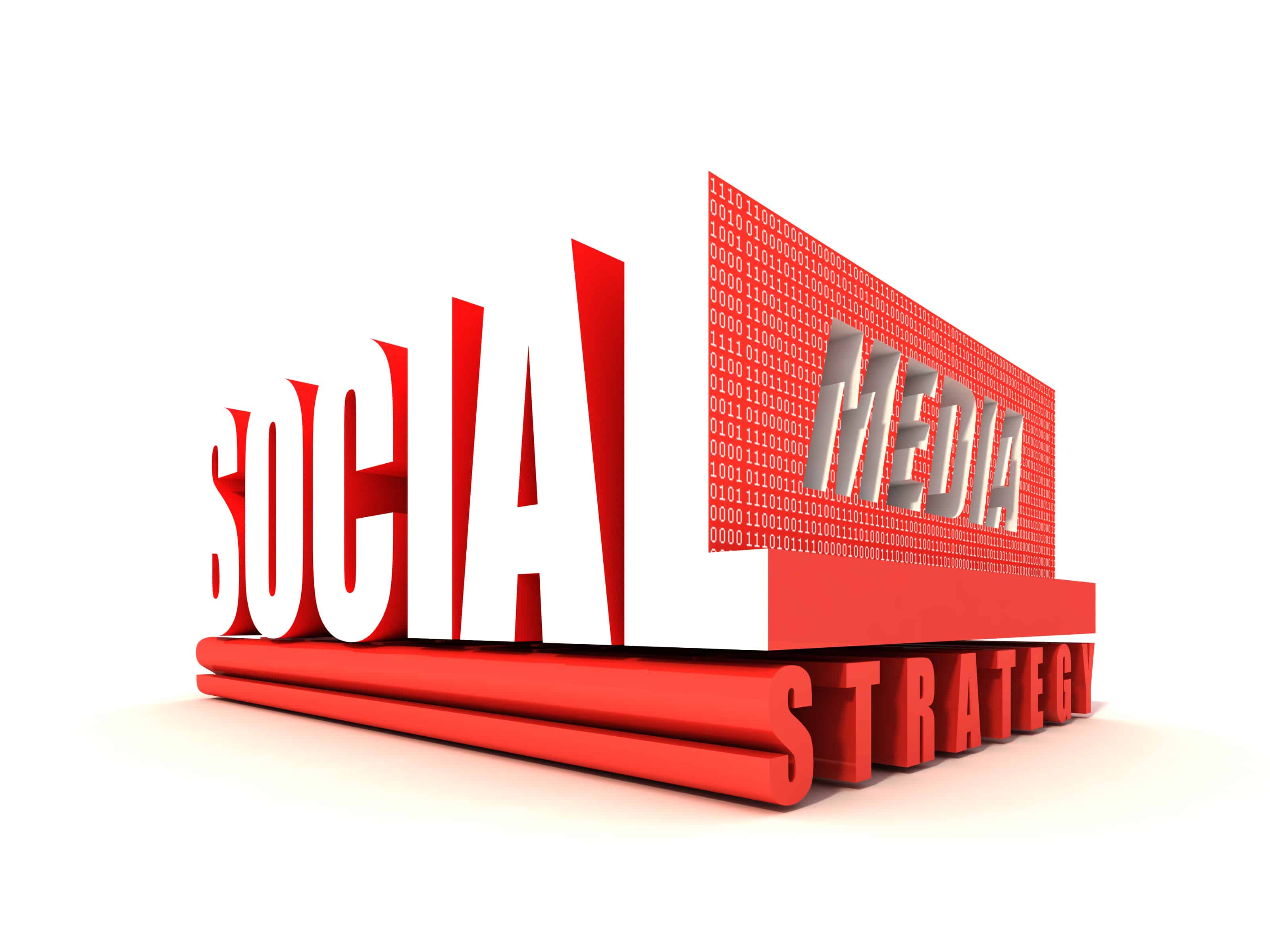Twitter vs. Threads: A Comparative Analysis
The social media world is a battlefield where tech giants are constantly striving to outdo each other. The recent entrant to this fascinating arena is Meta’s new platform, Threads. Is it merely another clone, or does it pose a significant threat to Twitter? Let’s dissect the situation and understand what it means for us marketers.
Introduction to Threads
Meta introduced Threads as a text-based social media app, essentially a Twitter competitor. Riding on the wave of Instagram’s existing user base, Threads has already gathered a considerable number of users. The setup process is straightforward; you need an Instagram account to access Threads.
Threads vs. Twitter: What’s Different?
The interfaces of both platforms are strikingly similar. They offer the ability to post text, images, or videos, and users can like, share, or repost content. However, Threads gives you more space to express with a character limit of 500 per post, compared to Twitter’s 280. Moreover, Threads supports video content up to five minutes long, opening up more creative avenues for marketers.
Twitter and Threads do differ in certain aspects. For one, Threads lacks the private messaging feature, although Meta’s CEO Mark Zuckerberg has hinted at updates to come. Additionally, Threads accounts are synched to Instagram, allowing users to retain their usernames and followers, which facilitates a seamless transition for Instagram users to Threads.
The Threat to Twitter
Twitter, under Elon Musk’s leadership, has been through a rollercoaster ride, and some decisions, like the limitation on tweets for free accounts, have been met with criticism. This scenario, coupled with Threads’ inbuilt Instagram user base and better moderation reputation, could spell trouble for Twitter.
Opportunities for Marketers
As marketers, we’re always looking for platforms that offer reach and engagement. Here’s how you can leverage both Twitter and Threads:
On Twitter: Despite its challenges, Twitter remains a powerful platform for real-time conversation and customer engagement. For instance, Wendy’s, the fast-food chain, uses Twitter to engage with customers through witty and humorous tweets, making them a fan-favorite.
On Threads: Given its Instagram integration, marketers can benefit from the familiarity and continuity it offers. For example, if you’re a clothing brand with a considerable Instagram following, you can encourage your audience to follow your Threads account. You can share more detailed fashion tips or host longer video discussions on fashion trends due to the larger character limit and longer video support.
Risks and Considerations
While Threads is an exciting addition to the social media landscape, it’s not without its risks. It comes with Meta’s baggage of questionable privacy practices and opaque algorithms. Marketers must be transparent about data usage and respect user privacy.
As for Twitter, the platform’s recent changes might make it less appealing to some users and advertisers. Marketers must keep an eye on these developments and adapt accordingly.
The Road Ahead
Threads is a fresh face with great potential, thanks to its user-friendly features and integration with Instagram. However, Twitter, despite its current issues, is a formidable force with a loyal user base. In this dynamic landscape, the key for us marketers is to stay flexible, understand each platform’s strengths and limitations, and strategize accordingly. Happy tweeting and threading!



